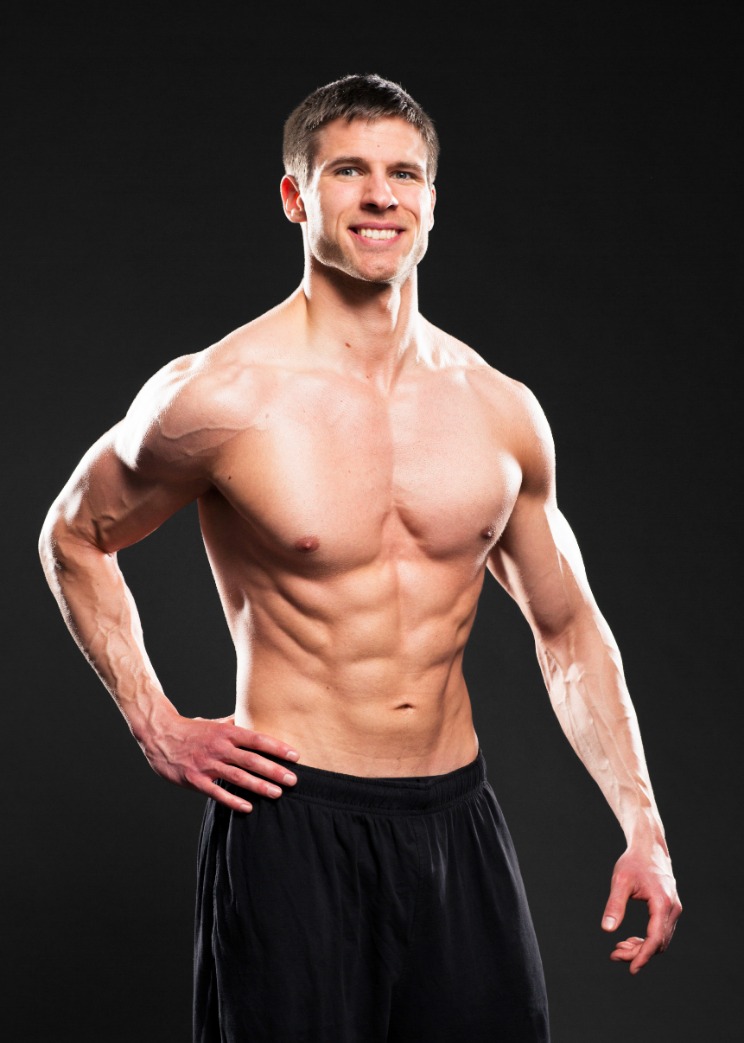Transform Strength and Purpose with a Method That Works
Results come from a clear plan, precise execution, and the relentless habit of showing up. That’s the spirit behind a modern approach to fitness that blends strength, conditioning, mobility, and mindset into a repeatable system. Instead of chasing trends, the focus is on principles that endure: movement quality before intensity, progressive overload calibrated by real data, and daily behaviors that make performance a byproduct of consistency. Whether the goal is to build muscle, drop body fat, or compete, the right coach uses evidence and empathy to design a process that fits the athlete’s life. The outcome is a resilient body, intelligent workout structure, and the confidence to train with intent every session.
The Coaching Philosophy: Systems, Specificity, and Sustainability
A great plan is more than a spreadsheet of sets and reps. The foundation begins with assessing how a person moves, recovers, and adapts. A coach who values long-term progression will prioritize joint integrity and movement literacy before loading to the max. Breaking big goals into phased cycles—accumulation, intensification, and realization—creates momentum without burning out. In each phase, training variables shift for a reason: volume builds tissue tolerance, intensity refines neural efficiency, and strategic deloads reset fatigue. This system supports everyone from beginners to advanced lifters, replacing guesswork with deliberate practice.
Specificity rules. Strength is built through a primary pattern focus each day—squat, hinge, push, pull, carry—wrapped with accessories that shore up weak links. Conditioning is not random; it aligns with the main goal. If the goal is maximal strength, conditioning complements rather than competes with progress by emphasizing aerobic capacity and short, high-quality intervals. If the goal is conditioning dominance, the plan prioritizes repeatability and power sustainability. In both cases, nutrition, sleep, and stress management are treated as non-negotiables that amplify adaptation. Every smart workout is a vote for a bigger long-term outcome.
Sustainability comes from fitting training to the person’s schedule and temperament. Minimum effective dose beats all-or-nothing thinking. Three high-quality sessions per week, consistently performed, eclipse sporadic marathons. The right coach also acknowledges the psychology of change: tiny friction points derail progress. Streamlining setup, pre-planning sessions, and embedding triggers—like a five-minute mobility primer before coffee—turn intent into action. The best programs build autonomy, teaching athletes to autoregulate via RPE or RIR and to pivot with smart substitutions when equipment or time are limited. The mission is to create a system that grows with the athlete so they can train hard and recover harder, year after year.
Building Smarter Workouts: From Movement Quality to Performance Metrics
A well-built session follows a logical arc: prime, perform, progress, and protect. Priming means preparing tissues and the nervous system. Start with simple breathing or positional drills to restore ribcage mechanics, then flow into dynamic mobility and targeted activation for the joints involved. For a lower-body day, that might be ankle dorsiflexion work, hip capsule openers, and core bracing patterns. This approach makes every rep safer and more productive. The main lifts come next, sequenced by priority and energy demands. Early sets groove the pattern; top sets express capability. All along, intent matters: bar speed, control, and technique determine the training effect as much as load.
Progress is engineered with clear metrics. Use RPE or RIR to calibrate difficulty, add load when bar speed and form are stable, or increase volume by adding a set or repeating quality reps. Accessory work targets bottlenecks—if lockout is weak, incorporate triceps and long-range pressing; if the squat folds, reinforce upper-back strength and core stiffness. Conditioning is purposeful: tempo intervals develop aerobic efficiency without wrecking recovery; sprints or sled pushes sharpen alactic power; zone 2 rides or runs build the base. Across the week, intensities undulate to manage fatigue. This is the architecture behind intelligent fitness, where every piece serves the larger plan.
Tracking is where consistency meets evolution. Keep a simple log: loads, reps, RPE, and a short note on sleep, nutrition, and stress. Over time, patterns emerge—what lifts respond to higher frequency, which days call for more warm-up, and how life stress shifts capacity. Periodic re-testing—like a 5-rep max estimate, a timed 2-kilometer row, or a broad jump—confirms adaptations without obsessing over single-day PRs. The smartest athletes also curate exercise menus that fit their structure. If long femurs make deep back squats inconsistent, a safety bar or goblet variation might drive better results. If shoulders rebel at barbell pressing, neutral-grip dumbbells or landmine patterns keep progress pain-free. The hallmark of a well-designed workout is that it delivers stimulus while protecting the joints that must carry you for decades.
Real-World Results: Case Studies That Prove the Process
Case Study 1: The Busy Executive. A 42-year-old executive with a history of back tightness wanted to regain strength, drop 20 pounds, and boost energy for long workdays. The plan used three sessions per week: a squat-dominant day, a hinge and pull day, and a full-body power and conditioning day. Warm-ups emphasized breathing, hip mobility, and core bracing to protect the spine. The main lifts were trap bar deadlifts, front squats, and incline presses at RPE 6–8, with tempo reps to own positions. Conditioning alternated between zone 2 cycling and short, alactic sled pushes. Nutritionally, a protein target and consistent meal timing drove satiety. Over 16 weeks, bodyweight dropped 22 pounds, waist circumference fell 4 inches, and trap bar deadlift rose from 275 to 375 pounds pain-free. Energy and sleep improved, and back tightness diminished through targeted mobility and smart load management—proof that a minimal, high-quality approach can outpace volume-heavy plans.
Case Study 2: The Former Athlete. A 28-year-old ex-sprinter missed competition and wanted to regain explosiveness without recurring hamstring strains. The program began with a six-week tissue prep phase focused on isometric hamstring work, ankle stiffness drills, and progressive plyometrics. Lifting centered on power development: clean pulls, jump squats at light loads, and unilateral strength for pelvic control. Sprints returned gradually, starting with fly-in accelerations and build-ups rather than all-out efforts. Weekly conditioning alternated extensive tempo runs and low-impact intervals to support recovery. After 12 weeks, the athlete hit personal bests in the broad jump and 30-meter acceleration, with no hamstring flare-ups. By pairing explosive lifts with smart sprint progressions and keeping an eye on total weekly speed exposure, the athlete learned to train power while protecting tissue health—a sustainable pathway back to performance.
Case Study 3: The Lifelong Lifter. A 35-year-old recreational lifter stalled on bench and squat, frustrated by inconsistent shoulder comfort and knee crankiness. The solution was a movement audit and exercise swaps. Barbell flat bench became neutral-grip dumbbell pressing and landmine variations; high-bar squats alternated with safety bar squats and Bulgarian split squats to improve position. Accessory slots hit external rotation strength, mid-back endurance, and VMO-friendly quad patterns. Volume was redistributed across the week: one heavy strength day, one technical and speed day, and one hypertrophy-focused session. With simple tracking and RPE-based progression, PRs returned: a 20-pound bump in pressing variations and a 30-pound increase on the safety bar squat in eight weeks, alongside pain-free shoulders and knees. For ongoing guidance, the athlete studied resources from Alfie Robertson to refine programming decisions, reinforcing the principle that expert systems plus personal context create compounding progress. This approach exemplifies how a skilled coach balances variability with structure to reignite gains while safeguarding joints.
Across these scenarios, the unifying pattern is a principled framework that respects physiology and the realities of life. The sessions are not flashy; they’re focused. Mobility sets the table, strength expresses capacity, conditioning supports the goal, and recovery cements the adaptation. The result is a body built for performance and longevity, where each fitness choice supports tomorrow’s training. With clarity of purpose and patient progression, the plan becomes a dependable engine for change, session after session, season after season.





Leave a Reply